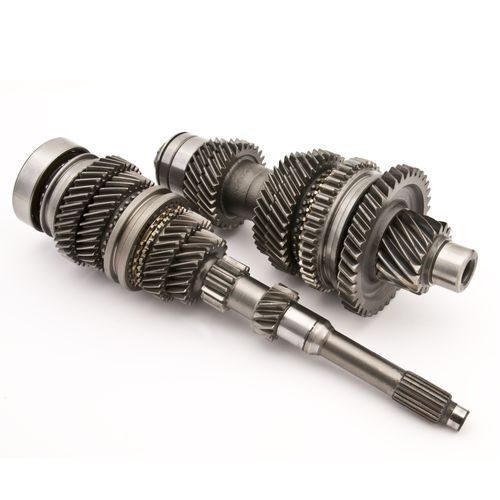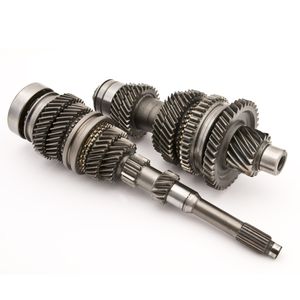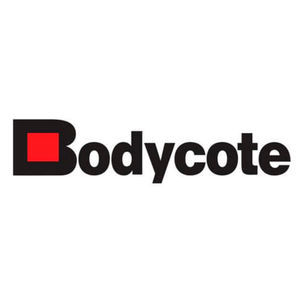

- Products
- Catalogs
- News & Trends
- Exhibitions
Laser welding stainless steelsteelaluminum
Add to favorites
Compare this product
Characteristics
- Technique
- laser
- Material
- stainless steel, steel, aluminum, copper, titanium, nickel
- Applications
- for the nuclear industry
- Certifications
- ISO 9001, ISO 14001, ISO/TS 16949, OHSAS 18001
Description
Electron beam welding (EBW) is a specialist metal joining technique used to create high integrity joints with minimal distortion.
Benefits
-Low heat input for the welded parts;
-Minimal distortion;
-Narrow melt zone (MZ) and narrow heat affected zone (HAZ);
-Deep weld penetration from 0.05 mm to 200 mm (0.002” to 8”) in single pass;
-High welding speed;
-Welding of all metals even with high thermal conductivity;
-Welding of metals with dissimilar melting points;
-Vacuum process yields in clean and reproducible environment;
-Natural welding process for oxygen greedy materials such as titanium, zirconium and niobium;
-Machine process guaranteed for reliability and reproducibility of the operating conditions;
-Cost-effective welding process for large production in automatic mode; and
-Parts can mostly be used in the as welded condition – no sub-machining required.
Application & materials
-Aerospace
-Jet engine components
-Parts of structures
-Transmission parts
-Sensors
-Power generation
-Space
-Titanium tanks
-Sensors
-Vacuum systems
-Medical
-Automotive
-Transmission parts
-Gears
-Parts of turbocharger
-Electrical/electronic industries
-Parts in copper material
-Nuclear
-Fuel housing
-Parts of structure
-Valves
-Instrumentations
-Research centres
-Copper parts
-Superconductivity material components
-Miscellaneous
-All metals even with high thermal conductivity
-Steel and stainless steel
-Aluminium and alloys
-Copper and alloys
-Nickel alloys and refractory metals
-Titanium and alloys
-Zr, Mo, Ta, Hf, W, Nb, etc
-Welding of metals with dissimilar melting points
-Copper to steel
-Copper to nickel alloys
-Steel to nickel alloys
-Tantalum to tungsten
Catalogs
No catalogs are available for this product.
See all of Bodycote‘s catalogsExhibitions
Meet this supplier at the following exhibition(s):

*Prices are pre-tax. They exclude delivery charges and customs duties and do not include additional charges for installation or activation options. Prices are indicative only and may vary by country, with changes to the cost of raw materials and exchange rates.









